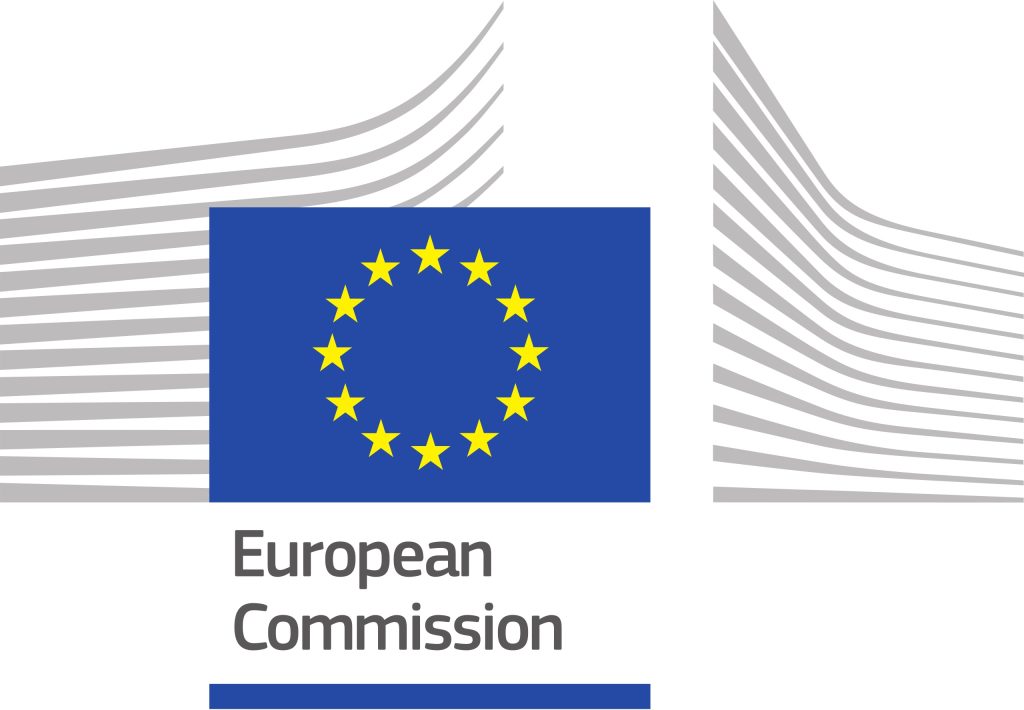
Circular solutions for textile value chains through innovative sorting, recycling, and design for recycling
ExpectedOutcome:
A successful proposal will contribute to the following Destination impacts: i) enhance European industrial sustainability, competitiveness and resource independence, and ii) improve on consumer and citizen benefits.
Project results are expected to contribute to at least two of the following outcomes:
- Roll-out of systemic solutions for textile sorting, using innovative digital technologies (such as AI, robotics, IoT and blockchain);
- Roll-out of feasible solutions for facilitated disintegration to be incorporated in product design, as an enabler for recycling;
- Increased uptake of mechanical recycling solutions that deliver competitive, high-quality secondary materials;
- Roll-out of thermo-mechanical, chemical and other (e.g., enzymatic) recycling solutions that are sustainable from a zero-pollution, circular material and energy efficiency perspective.
Scope:
The topic aims at improved management of the end-of-life phase of textile products. Proposals should address one or more of the following subjects and aim to combine them where relevant in a systemic way: facilitation of the disintegration of textile products through design, sorting, and recycling of textiles.
Textiles are the fourth highest-pressure category for the use of primary raw materials and water and fifth for GHG emissions and a major source of microplastic pollution in production and use phases. They are also a key material and product stream in the circular economy action plan. The purpose of this initiative is also to minimise the use of hazardous substances in processing and textile treatments. Proposals shall also demonstrate and deploy innovative solutions for increased quality, non-toxicity and durability of secondary textile materials and their processing and treatments.
Facilitation of the disintegration of textile products:
Beside the fibre composition affecting recyclability, textile products can also consist of various non-textile components or accessories, and can be coated, laminated or printed on. These hard parts, trims, coatings and laminated layers hamper recycling and are a major barrier for practically all textile fibre recycling technologies, especially chemical recycling technologies. The removal of these non-textile components requires disassembly prior to recycling, adding costs to the overall recycling process. Despite the various research projects on this topic, the implementation and uptake of these techniques is still far from reality. Proposals should address these challenges. New approaches should also be tested, involving technologies such as robotics and AI. Irrespective of the remaining technological and economical challenges, the implementation of disintegration techniques also requires a system, in which products that are fitted with any of these techniques are properly collected, recognised, and sent towards the right facility to apply the appropriate triggering mechanism.
Systemic solutions for sorting:
Over the coming years, the collected volumes of post-consumer textile waste are expected to increase by a further 65,000 to 90,000 tonnes per year due to the increased amounts of textiles placed on the market and the obligation to separately collect textile waste, which Member States have to put in place by 1 January 2025. This will further increase the need for advanced sorting for collecting organisations in order to create economic value out of this. At the moment, sorting is still mainly a manual process, having a significant contribution to the total process costs of recycled textile fibres. The cost of manual sorting is a major barrier to cost effective production of feedstock for textile fibre recycling. Automated sorting has the potential to deliver sufficient, well-defined and low-cost input to recycling processes, however, to date, this potential is not yet fulfilled. New technologies exist, but their limitations need to be addressed. Due to the limited penetration depth of NIR light, only the surface composition of textiles can be detected. RFID technology requires the textile products to carry an RFID tag and an entire system behind, adapted by all parts of the value chain. Therefore, proposals should develop systemic digital solutions that facilitate traceability and comprehensive exchange of information along the entire value chain, involving the use of technologies such as blockchain, AI and IoT. Proposals should build knowledge and competence regarding information system models, systems for data collection, provide an overview of existing standards and mapping of standardisation needs, include cost calculations and evaluation of Return On Investment (ROI), and consider implications of integrating digital information carriers in textile products.
Further development of textile recycling technologies:
In view of the huge amount of textile waste, which will have to be handled due to the soon mandatory separate collection, possible product requirements such as recycled content and the potential offered by different types of textile recycling, different ways of textile recycling remain relevant and will all be needed in the implementation of the textiles strategy. Mechanical recycling of textiles is an established technology in the market. However, the amount of spinnable fibre and the quality of the fibres should be improved. The integration of robotics, AI, or IoT components will play a role in the improvement of these processes. Thermo-mechanical recycling is a process that is still under development and further research is needed to improve the yield of recycled content and the use of chemicals to increase the quality of the polymer. Chemical and enzymatic recycling are novel technologies. Proposals should upscale polymer recycling of cotton via a pulping process and incorporate customer feedback for optimisation of the process and continuous delivery of suitable textile waste (in terms of purity and composition) as feedstock. Other options that can be explored are the recycling of polycotton blends and the monomer recycling of PET. The application of these technologies in research and innovation should also be extended to other types of fibres.
Clustering activities with projects under “HORIZON-CL6-2024-CIRCBIO-01-2: Circular solutions for textile value chains based on extended producer responsibility” should be envisaged. A lifecycle perspective using LCA and LCC should be used when validating the technical and economic feasibility of the developed, improved, demonstrated and up-scaled processes. Proposals should also address the issue of side streams such as wastewater and the treatment and reuse. Novel value chain-based solutions through industrial symbiosis should be encouraged. For comparability reasons, LCAs should use well-established methods and be based on PEF wherever feasible. Proposals should fully incorporate the Safe and Sustainable by Design (SSbD) approach. Particular attention should also be given to the implementation of traceability solutions, also with a view to recent policy developments, e.g. the digital product passport. The participation of SMEs and industry is encouraged.
The targeted TRL at the end of the projects is 5 to 6.
Specific Topic Conditions:
Activities are expected to achieve TRL 5-6 by the end of the project – see General Annex B.
This call for proposals follows a two-stage submission scheme:
- submission of a 10 page short proposal until 22th Feb 2024
- selected proposals are invited to submit a full proposal until 17 Sept 2024
General Information
Project results are expected to contribute to at least two of the following outcomes:
1. Roll-out of systemic solutions for textile sorting, using innovative digital technologies (such as AI, robotics, IoT and blockchain);
2. Roll-out of feasible solutions for facilitated disintegration to be incorporated in product design, as an enabler for recycling;
3. Increased uptake of mechanical recycling solutions that deliver competitive, high-quality secondary materials;
4. Roll-out of thermo-mechanical, chemical and other (e.g., enzymatic) recycling solutions that are sustainable from a zero-pollution, circular material and energy efficiency perspective.

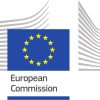
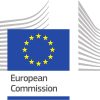

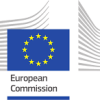
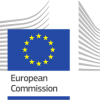
Circular solutions for textile value chains through innovative sorting, recycling, and design for recycling 0 reviews
Login to Write Your ReviewThere are no reviews yet.